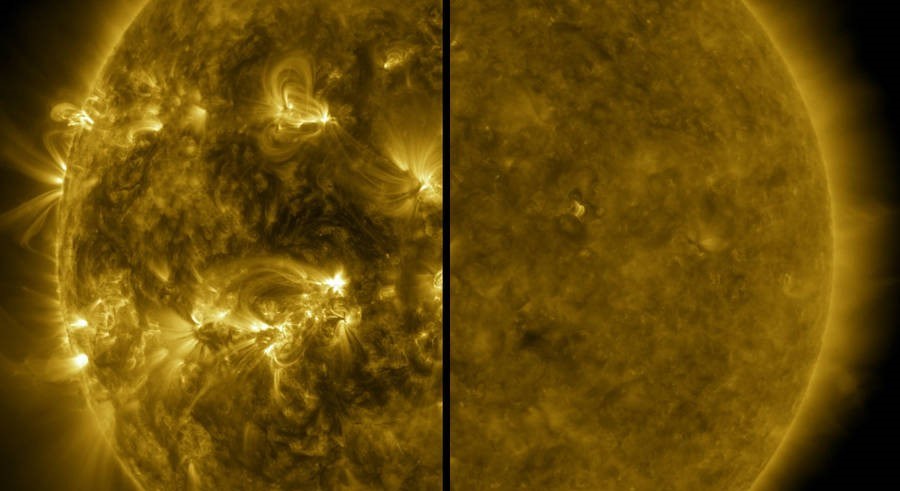The Earth’s Sun is entering the beginning of a new cycle of activity, the American space agency NASA has announced. The announcement is based on data supplied by astronomers at the Royal Observatory in Uccle.
The fact that the Sun has cycles has been known since the 18th century. The cycle is irregular, anywhere between nine and 14 years, and 11 years on average. The new cycle is number 25 since the beginning of counting.
Interestingly, the last cycle, which ended in December 2019 but has only now been calculated, lasted exactly 11 years.
The cycle concerns the activity on the Sun itself, sunspots and solar flares and the like. The beginning of the cycle starts with activity at a low point, building up over time to a maximum, and then dying off again to the end of the cycle.
The activity is followed in detail by the World Data Center for the Sunspot Index and Long-term Solar Observations (Silso), established at the Royal Observatory.
“We keep a detailed record of the few tiny sunspots that mark the onset and rise of the new cycle,” said Frédéric Clette, the centre’s director and a member of the international panel that uses Observatory data to predict the cycle.
“These are the diminutive heralds of future giant solar fireworks. It is only by tracking the general trend over many months that we can determine the tipping point between two cycles.”
For most of us, the Sun’s cycle makes little difference. But the information is of importance to anyone working with satellites, as well as other engineers.
The GPS in your car, for example, will not be affected by the move between active phase and quiet phase in the cycle, because it is not pinpoint accurate. But a satellite-guided drilling platform offshore needs to be that accurate.
“A bore that deviates just a few centimetres from the set target can have fatal consequences,” David Berghmans, a solar physicist at the Observatory, told the VRT.
“Engineers who operate drilling platforms therefore take solar activity into account.”
Solar activity, which determines space weather, is also important for spacecraft and astronauts, NASA said.
“Surveying this space environment is the first step to understanding and mitigating astronaut exposure to space radiation,” the agency said in a press release.
“The first two science investigations to be conducted from the Gateway [an outpost in lunar orbit used for space exploration] will study space weather and monitor the radiation environment in lunar orbit. Scientists are working on predictive models so they can one day forecast space weather much like meteorologists forecast weather on Earth.”
Alan Hope
The Brussels Times

